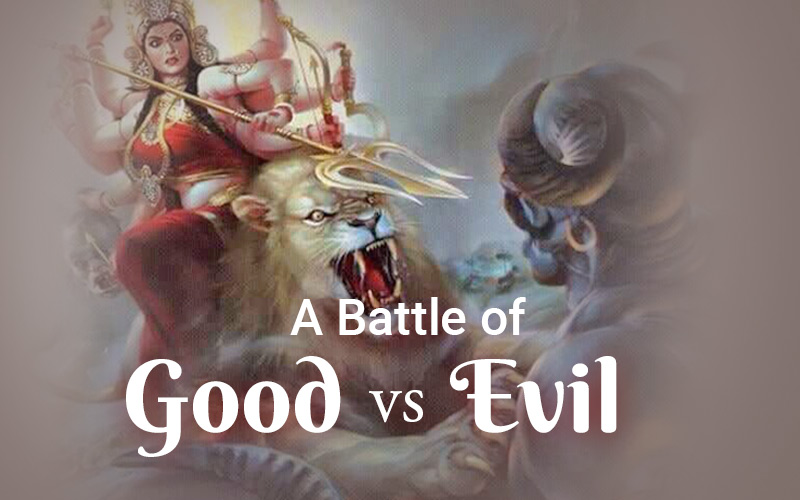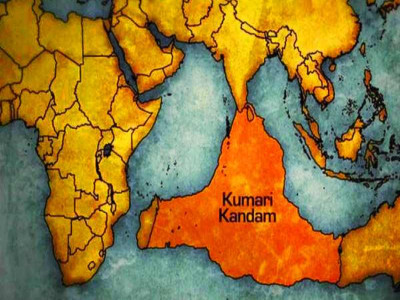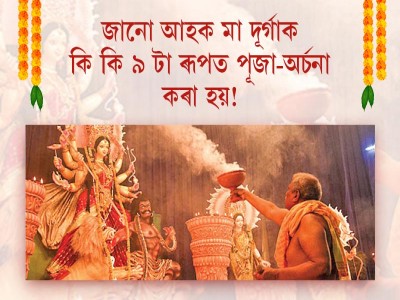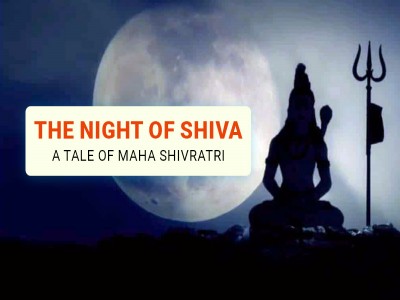
A Battle of Good vs. Evil
The war between Lord Ram and Ravan is a central
event in the Ramayana, the ancient Hindu epic attributed to the sage
Valmiki. This story, which embodies the triumph of good over evil, has been
passed down for millennia and continues to be celebrated in Indian culture,
especially during the festival of Dussehra, which commemorates Lord Ram’s
victory over the demon king, Ravan.
The battle between Ram and Ravan spanned roughly
seven days, according to the Ramayana. While variations exist in
different versions of the epic, this duration is widely accepted in traditional
accounts. The war involved numerous fierce battles, with each day bringing new
challenges, strategies, and legendary confrontations.
The Start of the Battle
The first day of the war began with initial
skirmishes between Ram’s forces and Ravan’s army. The Vanaras led the charge,
utilizing their agility and strength to disrupt the Rakshasas, Ravan’s demonic
warriors. Ravan's son, Meghnad (also known as Indrajit), emerged as a
formidable opponent, wielding his mastery over illusions and celestial weapons
to attack Ram’s army. However, despite sustaining significant losses, Ram’s
forces managed to hold their ground.
Indrajit’s Attacks and Hanuman’s Intervention
On the second day, Indrajit took center stage,
targeting Ram and Lakshman with powerful celestial weapons. He used the
Nagastra (serpent weapon) to bind both Ram and Lakshman in an almost
unbreakable grip. Hanuman, however, intervened by flying to the Himalayas to
fetch the Sanjeevani herb, which revived the brothers, enabling them to
continue the battle.
Kumbhakarna Enters the Battlefield
Ravan’s giant brother Kumbhakarna joined the fray
on the third day, unleashing his colossal strength against Ram’s forces.
Despite his fierce attacks, Ram ultimately managed to defeat Kumbhakarna,
showcasing his unmatched archery skills and divine strength.
The Death of Ravan’s Sons
The next day saw the death of Ravan’s sons,
including Atikaya and Narantaka, who were killed by Lakshman and Hanuman,
respectively. Indrajit launched another surprise attack, inflicting severe
damage on Ram’s army. However, Ram and Lakshman countered with determination,
slowly wearing down Ravan’s forces.
Indrajit’s Defeat
Indrajit, a key figure in Ravan’s army, was
ultimately defeated on the fifth day. Lakshman, with the aid of Hanuman,
engaged him in a fierce duel, using divine weapons. After a protracted battle,
Lakshman killed Indrajit, significantly weakening Ravan’s resolve and army.
Ravan’s Last Stand
On the sixth day, Ravan personally took to the
battlefield, unleashing his full power. The epic duel between Ram and Ravan was
marked by extraordinary displays of skill, bravery, and divine weaponry. Ravan
used his vast knowledge of celestial weapons, but Ram, guided by his steadfast
commitment to dharma (righteousness), countered every attack with precision.
The Final Battle and Ravan’s Death
The climactic seventh day was the most intense.
After a fierce and lengthy duel, Ram finally managed to shoot the Brahmastra, a
powerful celestial weapon, into Ravan’s heart, killing him. With Ravan’s fall,
the battle concluded, and peace was restored to the land. Sita was freed, and
Ram’s commitment to dharma triumphed.
Significance of the War
The battle between Ram and Ravan is more than just
a physical confrontation; it is a symbolic clash between good and evil, dharma
and adharma (unrighteousness). Ram’s victory represents the triumph of virtue,
selflessness, and duty over greed, arrogance, and malice.
In Hindu philosophy, this war also serves as a
reminder that even the most powerful and knowledgeable beings, like Ravan, can
fall if they misuse their powers and stray from the path of righteousness.
Conversely, Ram, who embodies virtue and righteousness, becomes a revered figure
representing the ideal hero, king, and man.
The Legacy of Ram and Ravan’s War
The story of Ram and Ravan has transcended time,
becoming deeply embedded in Indian culture and literature. Each year, this
victory is celebrated during the festival of Dussehra, where effigies of Ravan
are burned to symbolize the destruction of evil. The story also finds resonance
in modern-day contexts as an inspiration to overcome challenges and stay true
to one’s values.
The Ramayana, in its numerous versions and
retellings, continues to be a source of spiritual guidance and moral
instruction for millions around the world. The war between Ram and Ravan
remains a powerful tale of sacrifice, loyalty, and the relentless pursuit of
justice, reminding us all that the ultimate victory lies with those who adhere
to righteousness.
Disclaimer: The opinions expressed in this article are those of the author's. They do not purport to reflect the opinions or views of The Critical Script or its editor.

Newsletter!!!
Subscribe to our weekly Newsletter and stay tuned.

















Related Comments